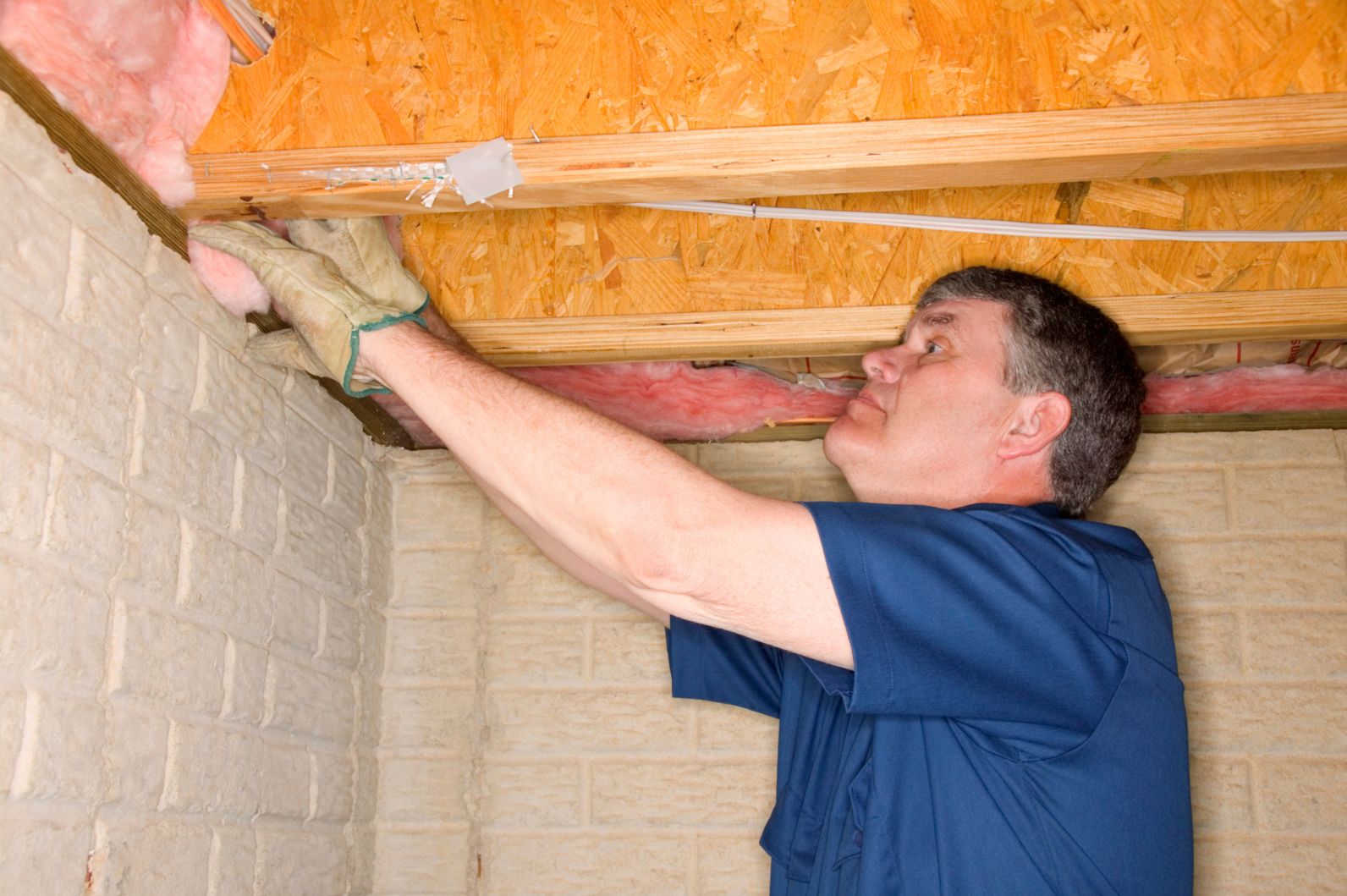

Articles
What Insulation For Garage Ceiling
Modified: October 28, 2024
Looking for articles on what insulation to use for your garage ceiling? Get expert advice and find the best insulation options for your project.
(Many of the links in this article redirect to a specific reviewed product. Your purchase of these products through affiliate links helps to generate commission for Storables.com, at no extra cost. Learn more)
Introduction
Welcome to our guide on choosing the right insulation for your garage ceiling. Insulating your garage ceiling is a smart decision that can provide numerous benefits, including temperature regulation, energy efficiency, and noise reduction.
Garages are often overlooked when it comes to insulation, but they can be a significant source of energy loss if not properly insulated. Whether you use your garage as a storage space, workshop, or even as an extension of your living area, insulating the ceiling can greatly improve its functionality and comfort.
When considering the insulation options for your garage ceiling, several factors need to be taken into account. These include the climate in your region, the type of garage construction, and your specific needs and preferences.
In this article, we will explore the different types of insulation available for garage ceilings, their installation processes, cost comparisons, and the benefits they offer. By the end, you will have a comprehensive understanding of which insulation option is best suited for your garage.
Key Takeaways:
- Choose the right insulation for your garage ceiling by considering factors like climate, garage use, and budget. Each insulation type has unique benefits, so make an informed decision based on your specific needs.
- Insulating your garage ceiling offers benefits such as temperature regulation, energy efficiency, noise reduction, and enhanced property value. Consider the long-term savings and comfort that come with proper insulation.
Read more: How To Insulate A Garage Ceiling
Factors to Consider
Before selecting the insulation for your garage ceiling, there are a few key factors to keep in mind:
- Climate: Consider the climate in your region. If you live in an area with extreme temperatures, you will need insulation that provides good thermal resistance to keep your garage comfortable year-round.
- Garage Use: Determine how you plan to use your garage. If you use it as a living space or workshop, you will need insulation that offers superior soundproofing and thermal control.
- Garage Construction: Take into account the construction of your garage. Insulating a finished garage with drywall may require different methods compared to insulating an unfinished garage with exposed beams.
- Budget: Consider your budget for insulation. Different types of insulation have varying cost levels, so it’s important to choose an option that fits within your financial capabilities.
- Installation: Think about your DIY abilities and the level of difficulty in installing certain types of insulation. Some options may require professional installation, while others can be easily done as a DIY project.
By evaluating these factors, you will be able to make an informed decision about the type of insulation that best suits your garage ceiling needs. Now, let’s explore the various insulation options available for garage ceilings and their unique benefits and features.
Types of Insulation for Garage Ceilings
There are several types of insulation materials commonly used for garage ceilings. Each has its own advantages and considerations. Let’s explore them:
- Fiberglass Insulation: Fiberglass insulation is one of the most popular choices for garage ceilings. It consists of tiny glass fibers that trap air, creating a layer of thermal resistance. Fiberglass insulation comes in batts or rolls, which can be easily installed between ceiling joists. It is cost-effective, readily available, and offers good thermal performance. However, it can be itchy to install and may require protective clothing and a mask during installation to prevent irritation.
- Spray Foam Insulation: Spray foam insulation is a versatile option that provides excellent thermal and sound insulation. It is applied as a liquid that expands and hardens, filling in any gaps and cracks in the ceiling. Spray foam insulation forms an airtight barrier, preventing air leakage and reducing energy loss. It is more expensive than fiberglass insulation but offers superior performance. Professional installation is recommended for spray foam insulation.
- Rigid Foam Insulation: Rigid foam insulation, also known as foam board insulation, is a lightweight and durable option. It is available in panels or sheets that can be cut to fit between ceiling joists. Rigid foam insulation offers high thermal resistance and effective moisture control. It is easy to install and provides good soundproofing. However, it is more expensive than fiberglass insulation and may require additional materials for installation, such as adhesive or tape.
- Cellulose Insulation: Cellulose insulation is made from recycled paper treated with fire retardants. It is a eco-friendly option that offers good thermal and sound insulation. Cellulose insulation is blown into the ceiling cavity using specialized equipment. It fills in irregularities and provides effective coverage. However, professional installation is typically required, as the blowing process can be complex. Cellulose insulation may also settle over time, requiring periodic reapplication.
- Reflective Insulation: Reflective insulation is composed of reflective foil that reflects radiant heat away from the ceiling. It is typically installed with an air gap between the insulation and the ceiling surface. Reflective insulation is best suited for hot climates or garages with direct sun exposure. It is cost-effective and easy to install, but it does not provide significant thermal resistance and may need to be supplemented with other insulation materials.
Each type of insulation offers unique benefits and has different installation requirements. Consider your specific needs and budget to determine which option is best suited for your garage ceiling. Next, let’s delve into the installation process for garage ceiling insulation.
Fiberglass Insulation
Fiberglass insulation is a popular choice for insulating garage ceilings due to its affordability, availability, and thermal performance. It is composed of tiny glass fibers that act as a thermal barrier, preventing heat transfer and improving energy efficiency.
Fiberglass insulation is typically sold in batts or rolls, making it easy to handle and install between the ceiling joists of your garage. The batts are pre-cut to standard sizes, while rolls can be easily cut to fit the specific dimensions of your ceiling. This flexibility allows for a precise fit, minimizing gaps that could lead to air leakage and reduced insulation effectiveness.
One of the advantages of fiberglass insulation is its ability to retain its insulating properties even when exposed to moisture. This makes it a suitable choice for garages where moisture may be present. However, it is important to ensure proper ventilation and moisture control to prevent mold or mildew growth.
During installation, it is essential to wear protective clothing, such as gloves and a dust mask, as fiberglass insulation can be irritating to the skin and respiratory system. Additionally, it is advisable to handle the insulation with care to prevent any damage to the glass fibers.
While fiberglass insulation is an excellent option for garage ceilings, it does have some limitations. It provides minimal soundproofing compared to other insulation materials. If noise reduction is a priority, consider alternative options like spray foam or cellulose insulation.
Overall, fiberglass insulation offers a cost-effective solution for insulating your garage ceiling. Its thermal resistance helps maintain a comfortable temperature and energy efficiency in your garage while being readily available at most home improvement stores. Whether you choose batts or rolls, proper installation is crucial to ensure the insulation performs optimally and provides maximum benefits.
Now that we have covered fiberglass insulation, let’s move on to another popular option – spray foam insulation.
Spray Foam Insulation
Spray foam insulation is a versatile and effective option for insulating garage ceilings. It offers superior thermal performance, soundproofing capabilities, and air sealing properties compared to other insulation materials.
Spray foam insulation is applied as a liquid that expands and hardens, creating a continuous and seamless insulation layer. It can be sprayed onto the ceiling surface, filling in all the nooks and crannies, and adhering to the surrounding materials. This ensures a tight seal, preventing air leakage and reducing energy loss.
One of the main advantages of spray foam insulation is its ability to provide excellent insulation even in hard-to-reach areas and irregularly shaped ceilings. It expands to fill gaps and voids, sealing around pipes, electrical wires, and other obstructions. This comprehensive coverage ensures optimal thermal control and energy efficiency.
Furthermore, spray foam insulation offers superior sound absorption properties, making it an ideal choice if noise reduction is a concern in your garage. It effectively reduces airborne sound transmission and can contribute to a quieter and more peaceful environment.
It is important to note that spray foam insulation requires professional installation due to the specialized equipment and technical expertise needed. Trained installers use a spray gun to apply the insulation, ensuring a precise and even application. Professional installation not only ensures proper coverage but also guarantees safety during the installation process.
While spray foam insulation offers numerous benefits, it is important to consider the higher cost compared to other insulation materials. The initial investment may be higher, but the long-term energy savings and enhanced comfort make spray foam insulation a cost-effective choice over time.
Overall, spray foam insulation is a premium option for garage ceiling insulation. Its ability to provide superior thermal resistance, air sealing, and soundproofing make it an attractive choice for those looking to maximize energy efficiency and create a comfortable environment in their garage.
Now that we have explored spray foam insulation, let’s move on to another type – rigid foam insulation.
Rigid Foam Insulation
Rigid foam insulation, also known as foam board insulation, is a durable and lightweight option for insulating garage ceilings. It is made from polystyrene, polyisocyanurate, or polyurethane, and offers excellent thermal resistance.
Rigid foam insulation comes in panels or sheets that can be easily cut to fit between the ceiling joists of your garage. It provides a solid and continuous insulation layer, minimizing thermal bridging and improving energy efficiency. The rigid structure of the foam boards also makes installation easier and faster compared to other insulation materials.
One of the advantages of rigid foam insulation is its ability to provide effective moisture control. It is highly resistant to water vapor, reducing the risk of mold or mildew growth in the garage. This can be particularly beneficial in areas with high humidity or garages that may be prone to moisture issues.
Rigid foam insulation offers good soundproofing properties, helping to reduce noise transmission from outside or within the garage. This can be advantageous if you use your garage as a workshop or if you want to minimize noise disturbance in adjacent living areas.
It is important to note that rigid foam insulation may require additional materials for installation, such as adhesive or tape, to ensure proper sealing and secure attachment to the ceiling. Following the manufacturer’s guidelines during installation is crucial to maximize the insulation’s effectiveness.
While rigid foam insulation provides excellent insulation properties, it is typically more expensive than other insulation options such as fiberglass. However, the long-term energy savings and improved comfort justify the initial investment for many homeowners.
Overall, rigid foam insulation is a reliable and durable choice for insulating your garage ceiling. Its solid structure, moisture resistance, and soundproofing capabilities make it a preferred option for those seeking long-lasting insulation and optimal energy efficiency.
Now that we have covered rigid foam insulation, let’s move on to another type – cellulose insulation.
Consider using fiberglass batt insulation for your garage ceiling. It is cost-effective, easy to install, and provides good thermal performance. Make sure to properly seal any air leaks before insulating for maximum effectiveness.
Cellulose Insulation
Cellulose insulation is an environmentally friendly option for insulating garage ceilings. It is made from recycled paper that has been treated with fire retardants to increase its resistance to fire and pests.
Cellulose insulation is typically installed by blowing it into the ceiling cavity using specialized equipment. This method allows for easy filling of irregularly shaped spaces and ensures uniform coverage. The blown-in insulation creates a dense layer that effectively prevents heat transfer and provides excellent thermal resistance.
One of the notable advantages of cellulose insulation is its superior soundproofing capabilities. The densely packed fibers absorb sound waves, reducing noise transmission within the garage and minimizing noise from outside sources. This can be beneficial if you use your garage as a workshop or if noise reduction is a priority.
Cellulose insulation also offers good moisture control, helping to prevent mold or mildew growth in the garage. However, it is essential to ensure proper ventilation and moisture management to maintain the insulation’s effectiveness.
Professional installation is typically recommended for cellulose insulation due to the specialized equipment and expertise required for the blowing process. Trained installers know how to achieve the proper density and coverage, ensuring optimal performance of the insulation.
It is important to note that over time, cellulose insulation may settle, which can lead to a decrease in its effectiveness. Periodic reapplication or reinforcement may be necessary to maintain the desired insulation levels.
While cellulose insulation offers excellent thermal and sound insulation properties, it is generally more expensive than fiberglass insulation. However, its eco-friendly composition and superior performance make it a worthy investment for those seeking sustainable and efficient insulation.
Now that we have explored cellulose insulation, let’s move on to another type – reflective insulation.
Reflective Insulation
Reflective insulation is a unique type of insulation that is designed to reflect radiant heat away from the garage ceiling. It consists of a layer or layers of reflective foil material that is typically installed with an air gap between the insulation and the ceiling surface.
Reflective insulation works by reflecting the radiant heat from the sun, preventing it from entering the garage and keeping the space cooler. This makes it particularly suitable for garages located in hot climates or those that are exposed to direct sunlight.
Installation of reflective insulation is relatively simple and can be done by attaching the foil material to the ceiling joists or by using staples, tape, or adhesive. The air gap acts as an additional insulating layer by reducing heat transfer through conduction.
One of the advantages of reflective insulation is its affordability. It is generally less expensive than other insulation materials, making it a cost-effective option for those on a tight budget.
However, it is important to note that reflective insulation alone may not provide significant thermal resistance, especially in colder climates. It is often used in combination with other insulation materials to enhance overall energy efficiency and insulation performance.
Reflective insulation is also not effective at reducing noise transmission, so if noise reduction is a concern, it may be necessary to consider additional soundproofing options.
Overall, reflective insulation is a suitable option for garages located in hot climates or those with direct sun exposure. Its ability to reflect radiant heat can help keep the garage cooler and more comfortable. However, it is important to consider the climate and specific insulation needs of your garage before choosing reflective insulation as the sole insulation material.
Now that we have covered reflective insulation, let’s move on to the installation process for garage ceiling insulation.
Installation Process
The installation process for garage ceiling insulation can vary depending on the type of insulation material chosen. Here, we provide a general overview of the installation process:
- Preparation: Start by ensuring that the garage ceiling is clean, dry, and free of any debris. Remove any existing insulation if necessary.
- Measurements: Measure the dimensions of the ceiling to determine the amount of insulation material needed. Take into account any obstructions such as electrical wires, pipes, or HVAC systems.
- Protective Gear: If working with fiberglass insulation or any other material that may cause irritation, it is important to wear protective gear such as gloves, long sleeves, pants, and a dust mask.
- Installation: For fiberglass insulation, carefully place the batts or rolls between the ceiling joists, ensuring a snug fit. Be cautious not to compress the insulation too much, as this can reduce its effectiveness.
For spray foam insulation, it is recommended to hire a professional installer. They will use specialized equipment to spray the foam onto the ceiling surface, ensuring proper coverage and adherence to the surrounding materials.
Rigid foam insulation can be cut to fit between the ceiling joists and secured in place with adhesive or mechanical fasteners.
Cellulose insulation is typically blown into the ceiling cavity using a professional-grade blower machine. Installers ensure even coverage and proper density by adjusting the blowing process.
Reflective insulation can be attached to the ceiling joists using staples, tape, or adhesive, with an air gap maintained between the insulation and the ceiling surface.
- Sealing: Pay attention to sealing any gaps or cracks around the edges of the insulation to prevent air leakage and ensure optimal insulation performance.
- Finishing: Once the insulation is installed, you can finish the garage ceiling with your preferred materials, such as drywall, paneling, or other decorative finishes.
It is important to follow the manufacturer’s instructions and guidelines for the specific insulation material you choose. If unsure about the installation process or concerned about safety, it is recommended to consult with a professional insulation contractor for assistance.
Now that we have covered the installation process, let’s move on to comparing the costs of different insulation options.
Read more: What Type Of Insulation For Ceiling
Cost Comparison
The cost of insulating your garage ceiling will vary depending on several factors, including the size of your garage, the type of insulation material chosen, and whether you opt for professional installation or a DIY approach. Here is a general cost comparison of different insulation options:
- Fiberglass Insulation: Fiberglass insulation is one of the most affordable options for garage ceiling insulation. The cost ranges from $0.50 to $1.50 per square foot, making it a cost-effective choice for those on a budget. However, keep in mind that professional installation may incur additional labor costs.
- Spray Foam Insulation: Spray foam insulation is a premium option that offers excellent thermal performance and air sealing properties. The cost of spray foam insulation ranges from $1.50 to $3.50 per square foot, making it more expensive than fiberglass insulation. Professional installation is highly recommended for this type of insulation.
- Rigid Foam Insulation: Rigid foam insulation falls within the mid-range in terms of cost. The price varies depending on the thickness and type of foam board chosen. The cost ranges from $1.00 to $2.50 per square foot. While it may be more expensive than fiberglass insulation, the long-term energy savings and durability may offset the initial investment.
- Cellulose Insulation: Cellulose insulation generally falls within the higher end of the cost spectrum. The price ranges from $1.50 to $3.00 per square foot. Professional installation is typically required for cellulose insulation, and this may add to the overall cost. However, the eco-friendly nature and excellent thermal and sound insulation properties make it a worthwhile investment for many homeowners.
- Reflective Insulation: Reflective insulation is the most cost-effective option for garage ceiling insulation. The cost typically ranges from $0.30 to $0.80 per square foot. However, it is important to note that reflective insulation alone may not provide significant thermal resistance, and it is often used in conjunction with other insulation materials.
Remember, these cost estimates are approximate and can vary depending on factors such as your location and the specific products and installation requirements. It is advisable to obtain multiple quotes from insulation contractors or suppliers to get an accurate cost estimate for your garage ceiling insulation project.
Now that we have compared the costs of different insulation options, let’s explore the benefits of insulating your garage ceiling.
Benefits of Insulating Your Garage Ceiling
Insulating your garage ceiling offers a range of benefits that can greatly enhance the functionality, comfort, and energy efficiency of your garage. Here are some key advantages of insulating your garage ceiling:
- Temperature Regulation: Insulating your garage ceiling helps to regulate the temperature in the space. It reduces heat transfer in the summer, keeping the garage cooler, and minimizes heat loss in the winter, maintaining a warmer environment. This makes your garage more comfortable whether you use it for storage, as a workshop, or even as an extended living area.
- Energy Efficiency: By insulating your garage ceiling, you can create an energy-efficient space. Insulation prevents heat transfer, reducing the need for heating or cooling systems to work harder. This can lead to lower energy consumption and reduced utility bills over time.
- Noise Reduction: Insulation helps to reduce noise transmission in and out of your garage. This can be particularly beneficial if you use your garage for noisy activities such as woodworking, vehicle repairs, or band practice. Insulating your garage ceiling can create a quieter environment, minimizing disruptions to the rest of your home and neighbors.
- Moisture Control: Insulation acts as a barrier against moisture infiltration, helping to prevent condensation and humidity buildup in your garage. This can reduce the risk of mold, mildew, and water damage, ensuring a healthier and more protected space.
- Improved Durability: Insulation can help protect your garage ceiling from temperature fluctuations and moisture-related issues. By reducing the impact of extreme temperatures and moisture, insulation can enhance the durability and longevity of your garage structure and prevent damage to materials.
- Enhanced Property Value: A well-insulated garage with a comfortable and energy-efficient environment can be an attractive feature for potential buyers if you ever decide to sell your property. Proper insulation demonstrates that the garage is well-maintained and can serve a variety of purposes.
Overall, insulating your garage ceiling provides numerous benefits that improve the functionality, comfort, and value of your garage. It helps regulate temperature, enhances energy efficiency, reduces noise transmission, controls moisture, increases durability, and adds value to your property.
Now that we have explored the benefits of insulating your garage ceiling, let’s conclude our guide.
Conclusion
Insulating your garage ceiling is a wise investment that offers a range of benefits, from improved temperature regulation and energy efficiency to noise reduction and increased property value. By considering factors such as climate, garage use, construction, budget, and installation, you can choose the right insulation option that suits your specific needs and preferences.
There are various types of insulation materials to choose from, including fiberglass, spray foam, rigid foam, cellulose, and reflective insulation. Each type has its own advantages and considerations in terms of cost, thermal performance, soundproofing capabilities, and installation requirements.
When it comes to installation, proper preparation, measurement, and protection are essential. Follow the manufacturer’s guidelines and consider seeking professional installation for certain insulation materials, such as spray foam or cellulose.
As mentioned, there is a cost associated with insulating your garage ceiling, but it is important to consider the long-term energy savings and improved comfort that come with proper insulation. Fiberglass insulation tends to be the most affordable option, while spray foam insulation is premium but offers superior performance.
Insulating your garage ceiling provides a host of benefits, including temperature regulation, energy efficiency, noise reduction, moisture control, improved durability, and enhanced property value. It creates a more comfortable and functional space, whether you use your garage for storage, as a workshop, or even as an extended living area.
Consider the unique needs of your garage and consult with insulation contractors or suppliers to determine the best insulation option for your specific circumstances. By making the right choice and ensuring proper installation, you can enjoy the benefits of a well-insulated garage ceiling for years to come.
We hope that this guide has provided you with valuable insights into the various types of insulation and the factors to consider when insulating your garage ceiling. Now, it’s time to take action and create a comfortable and energy-efficient space in your garage!
Frequently Asked Questions about What Insulation For Garage Ceiling
Was this page helpful?
At Storables.com, we guarantee accurate and reliable information. Our content, validated by Expert Board Contributors, is crafted following stringent Editorial Policies. We're committed to providing you with well-researched, expert-backed insights for all your informational needs.
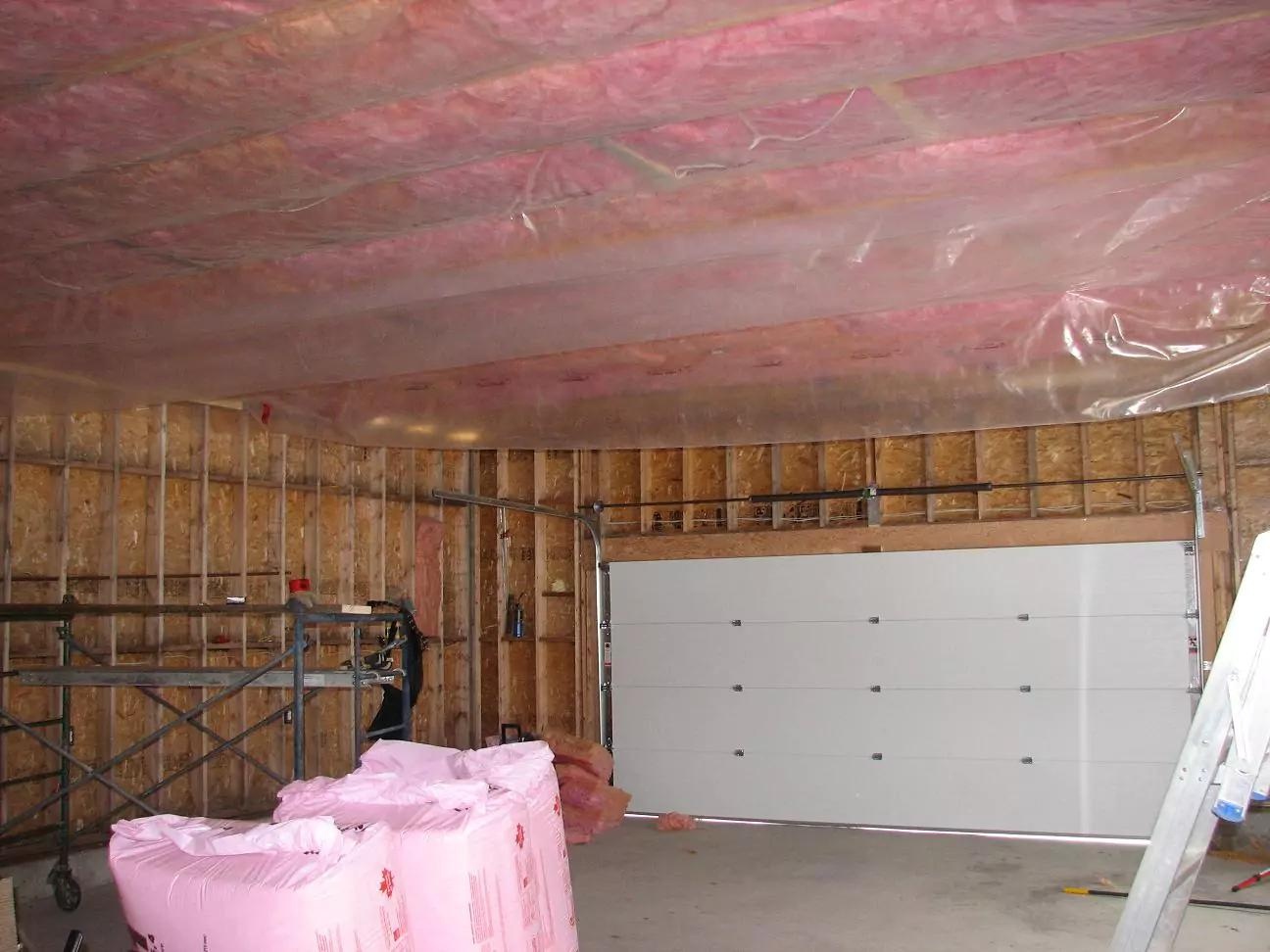
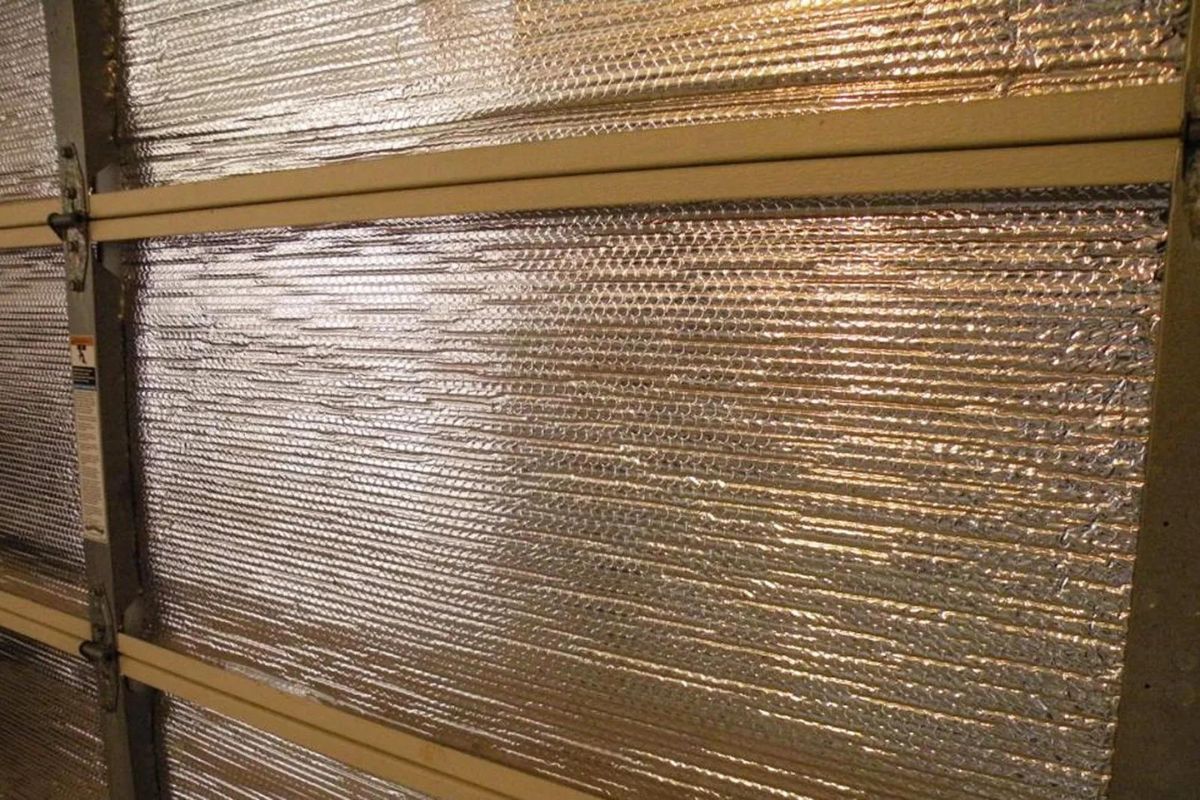
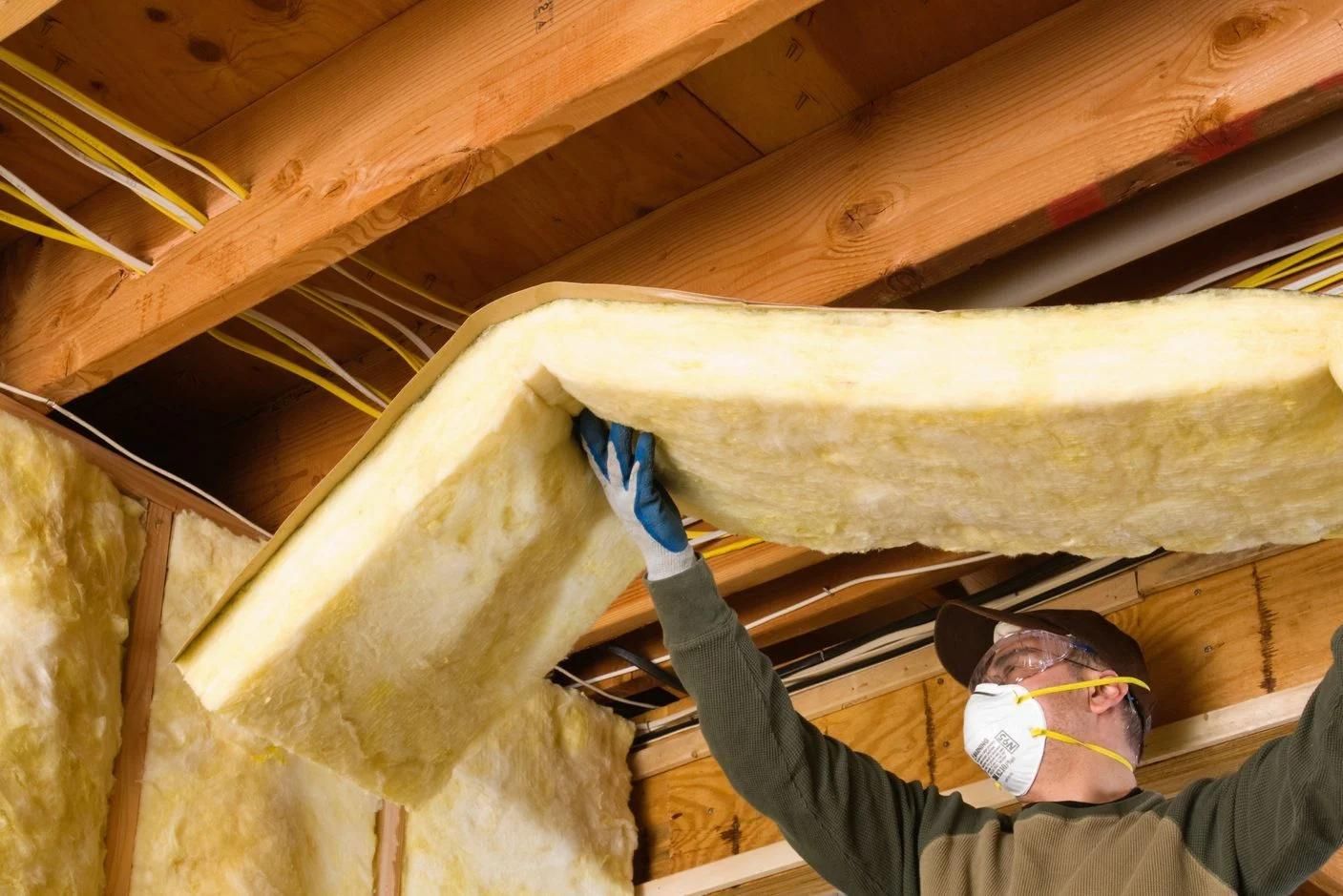
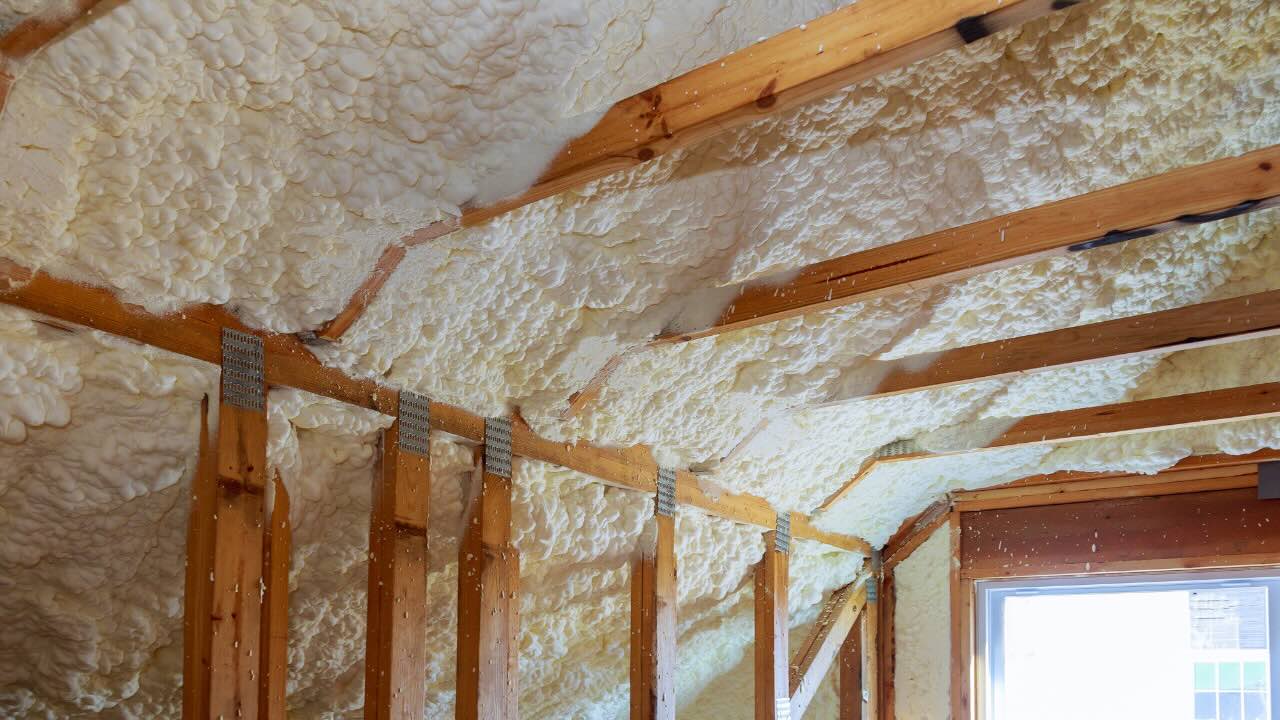
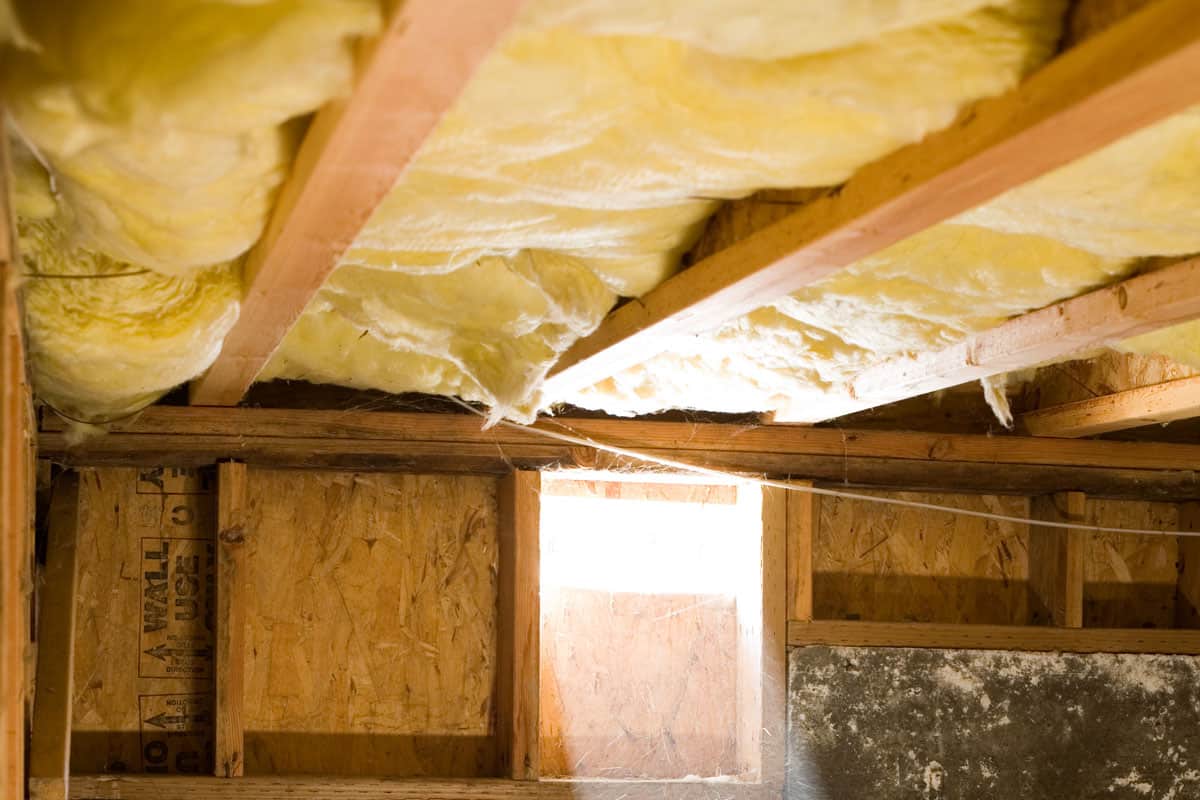
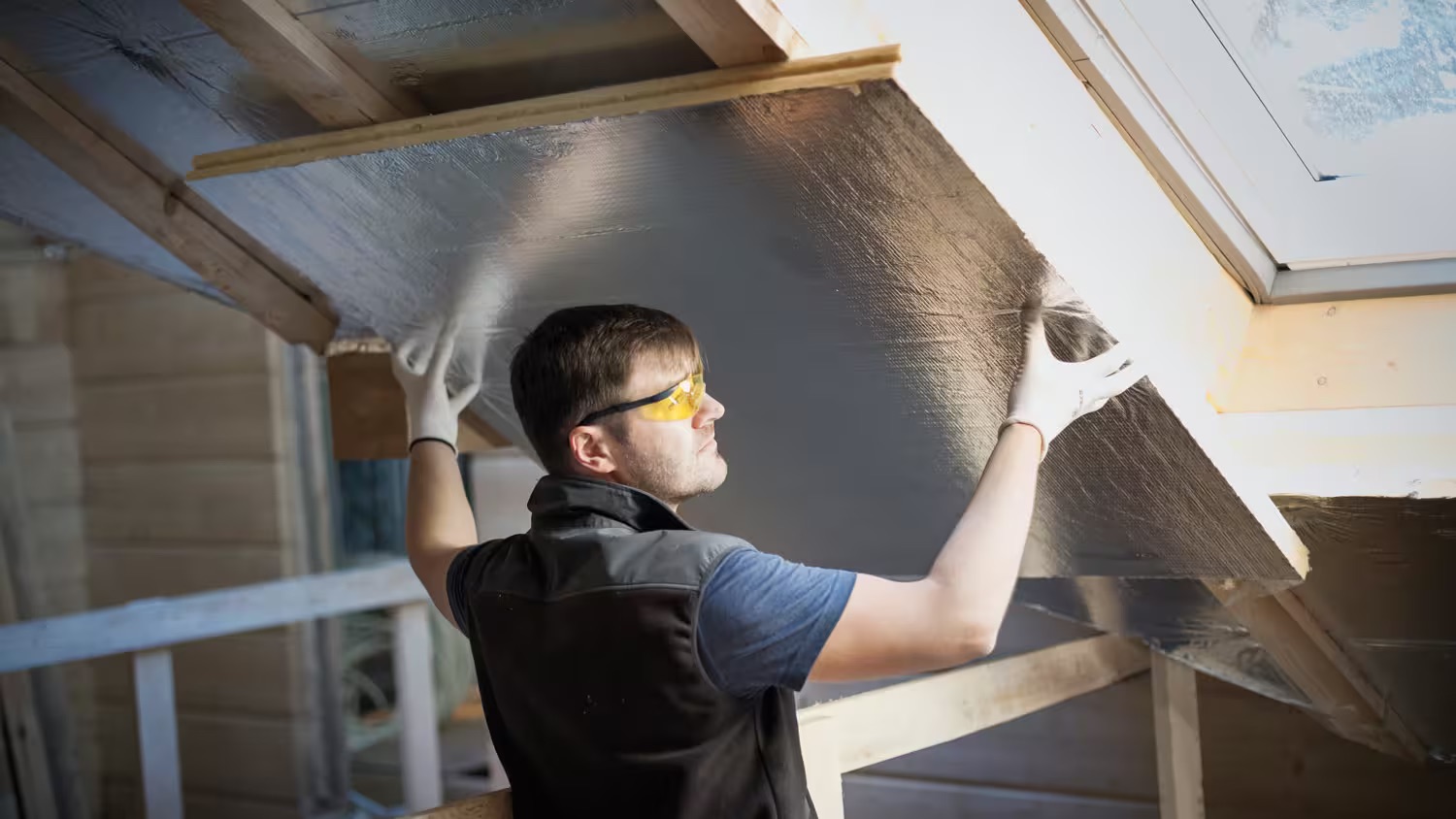
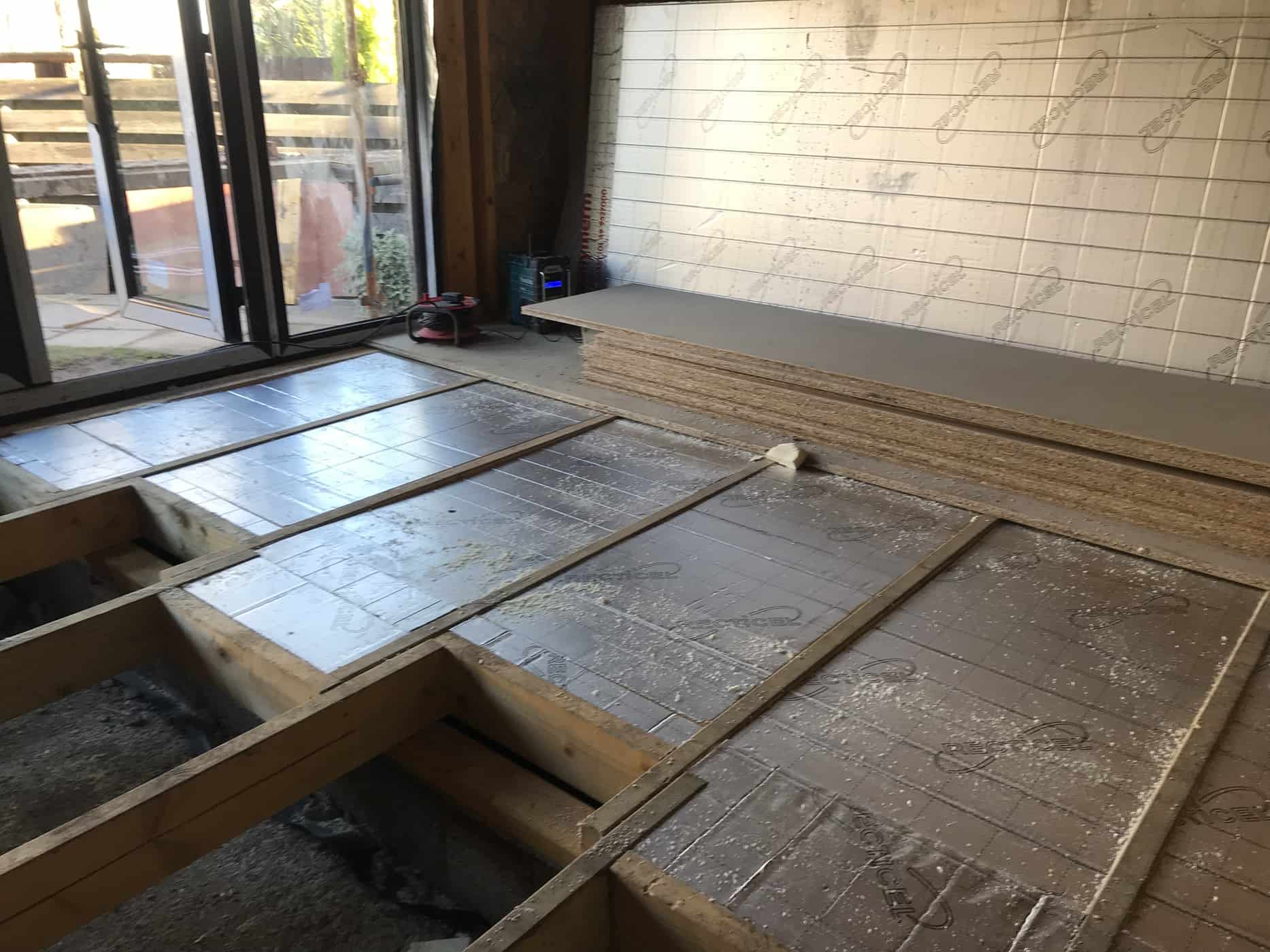
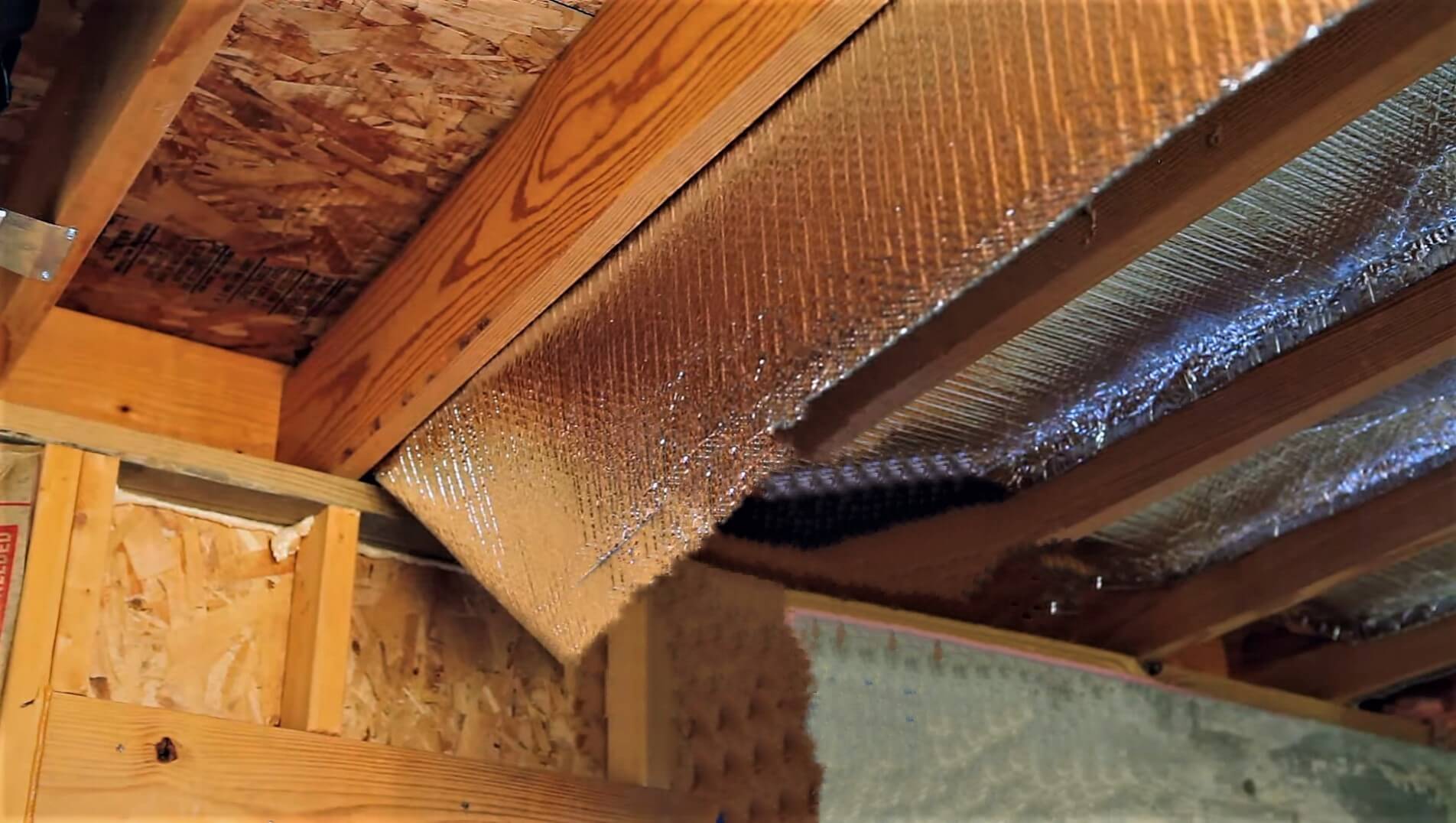
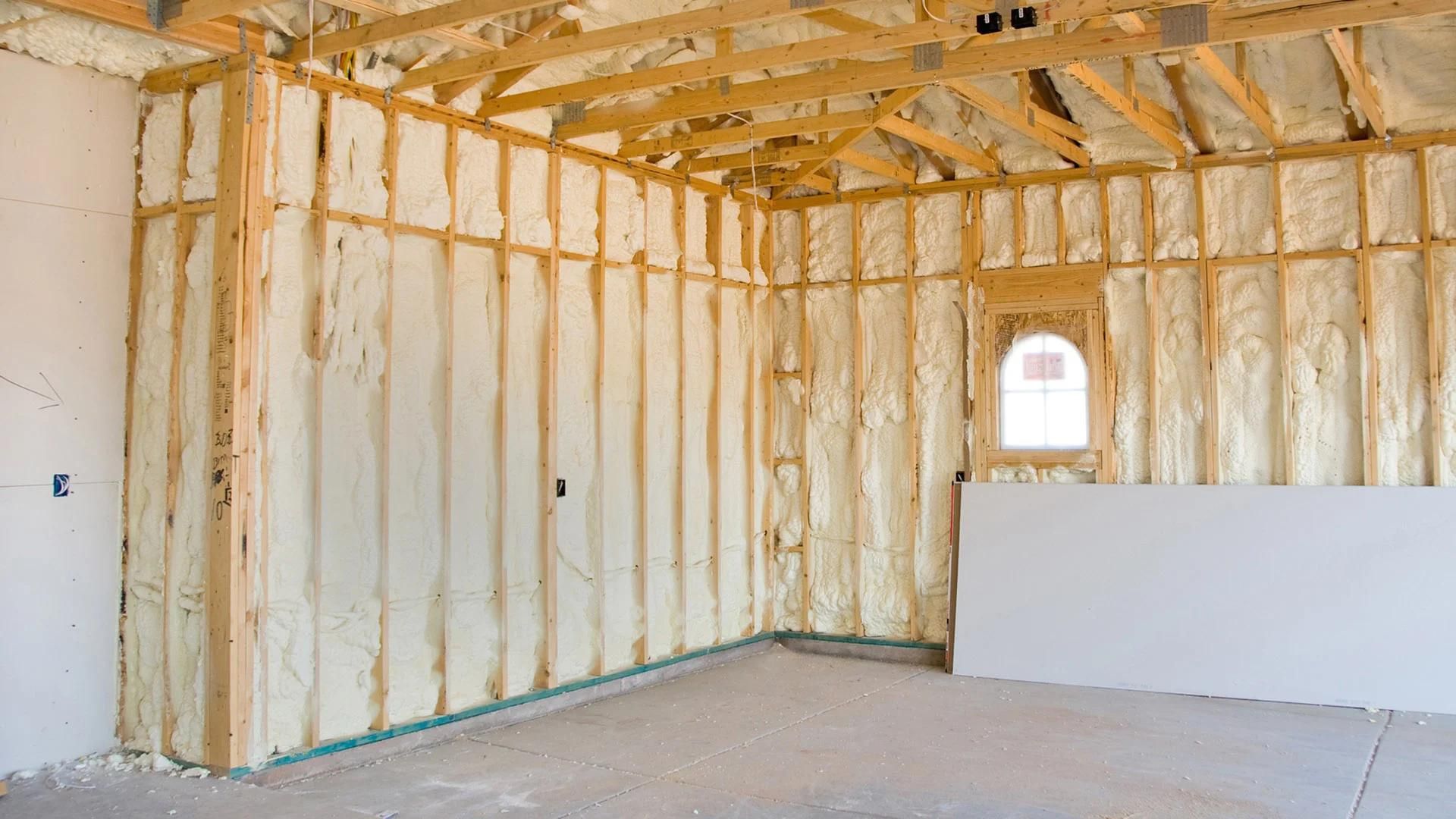
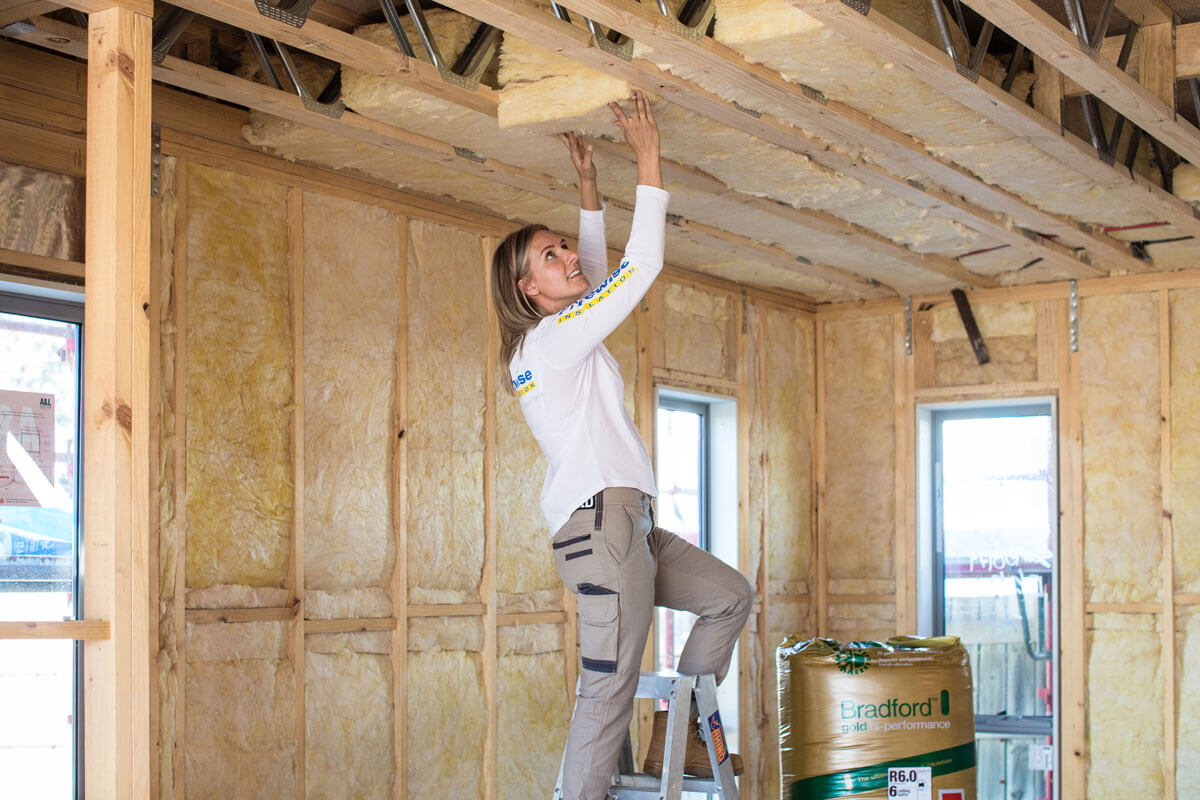
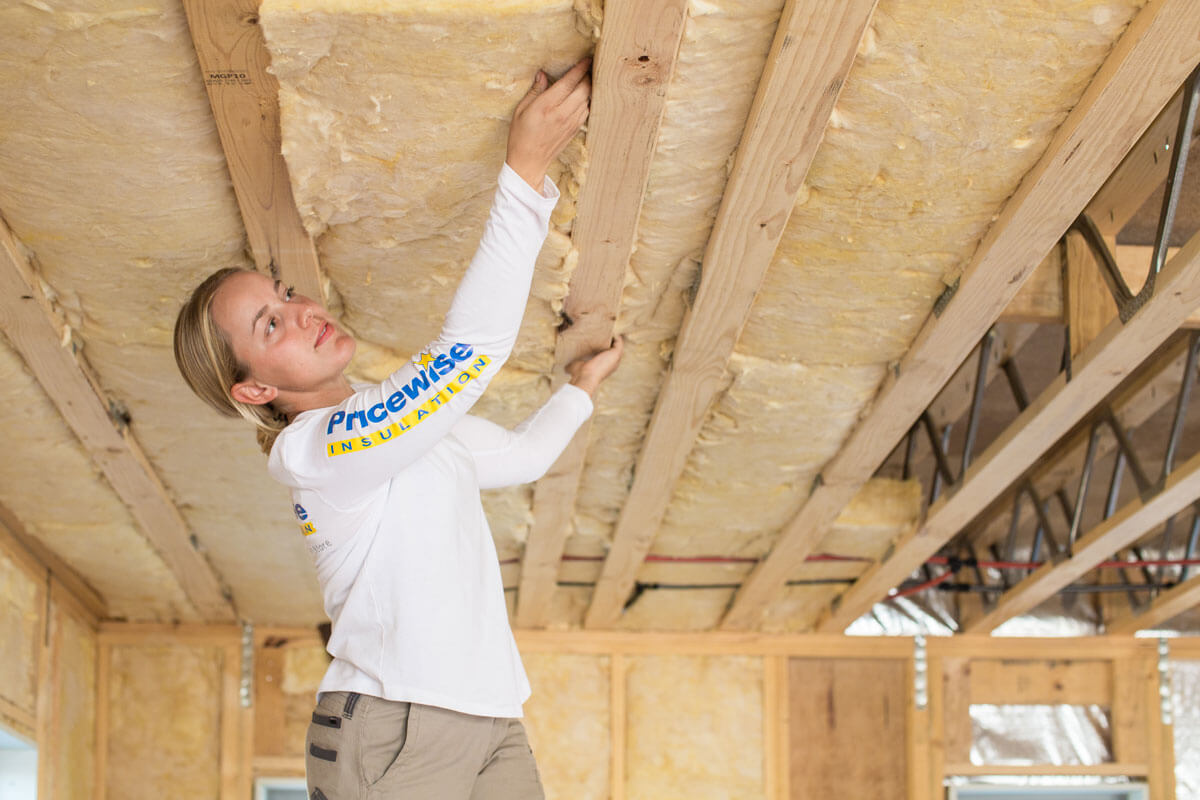
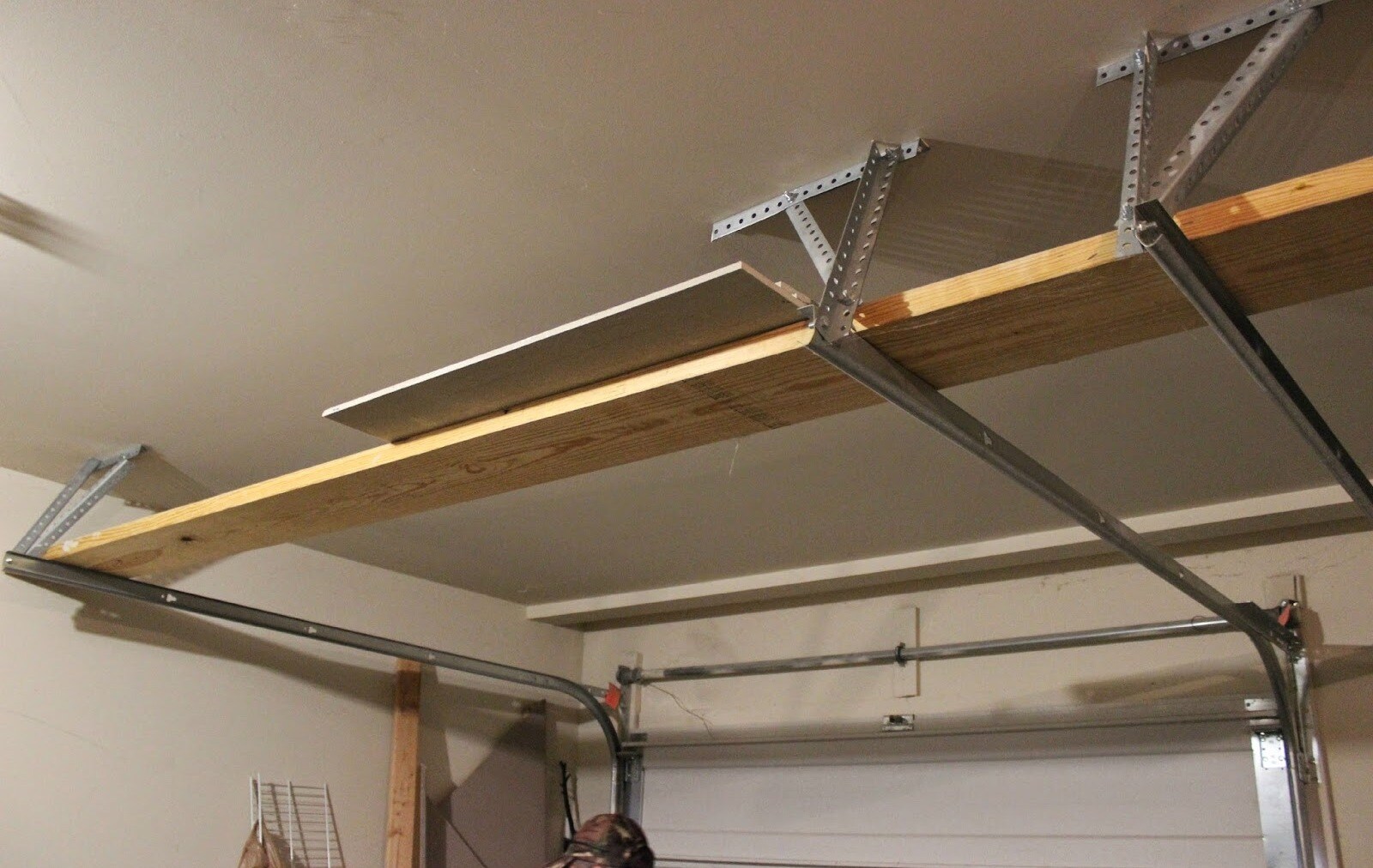
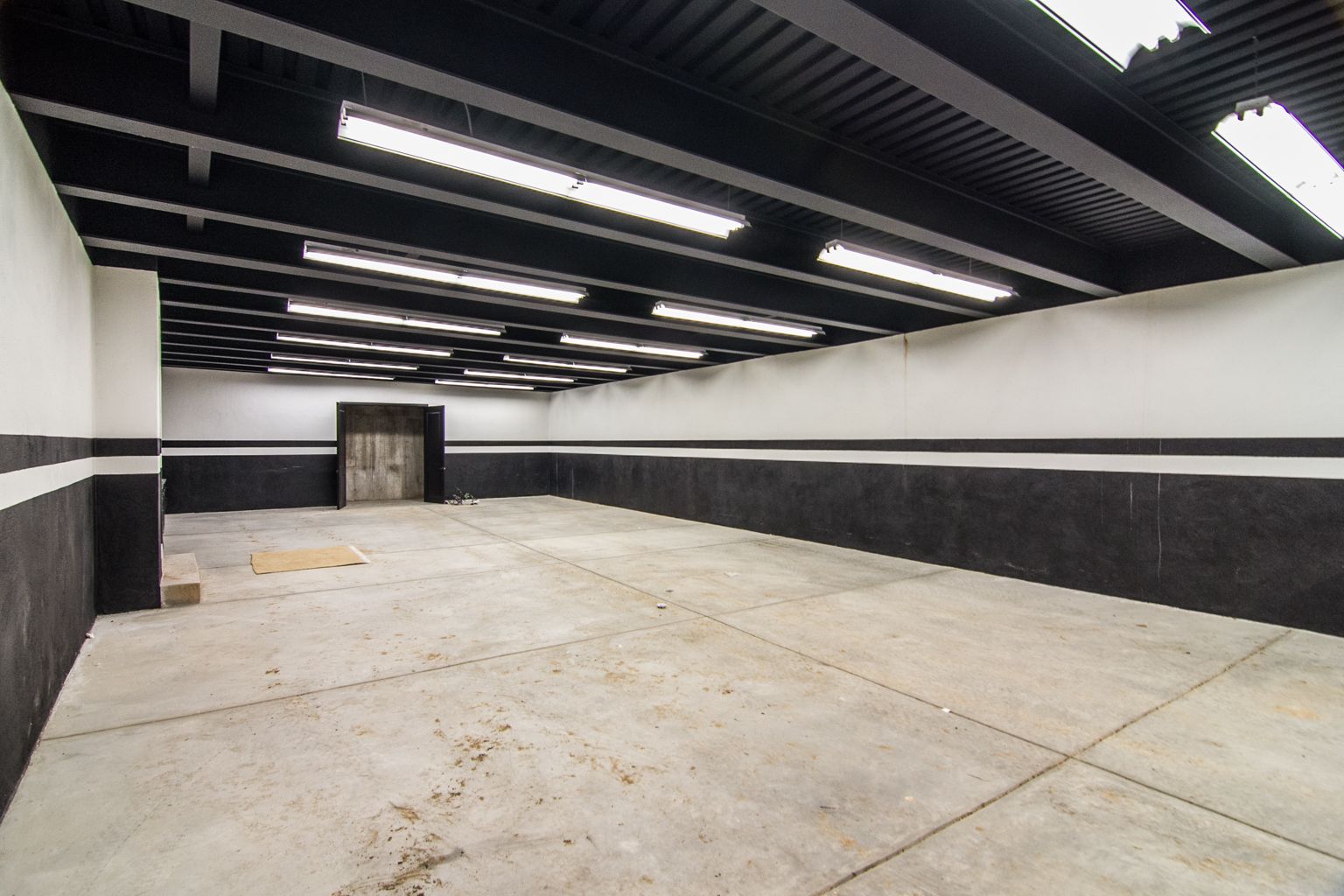

0 thoughts on “What Insulation For Garage Ceiling”